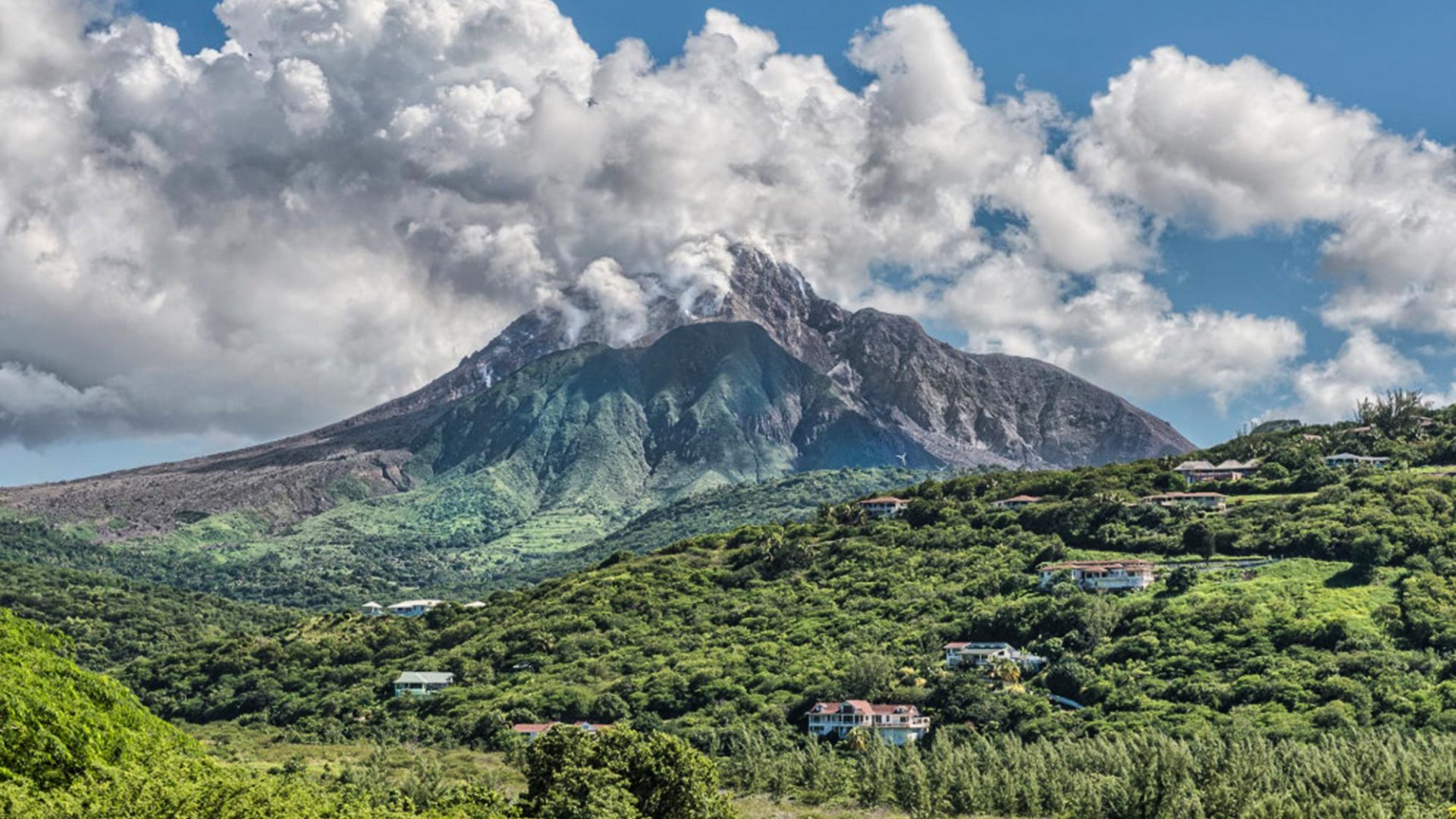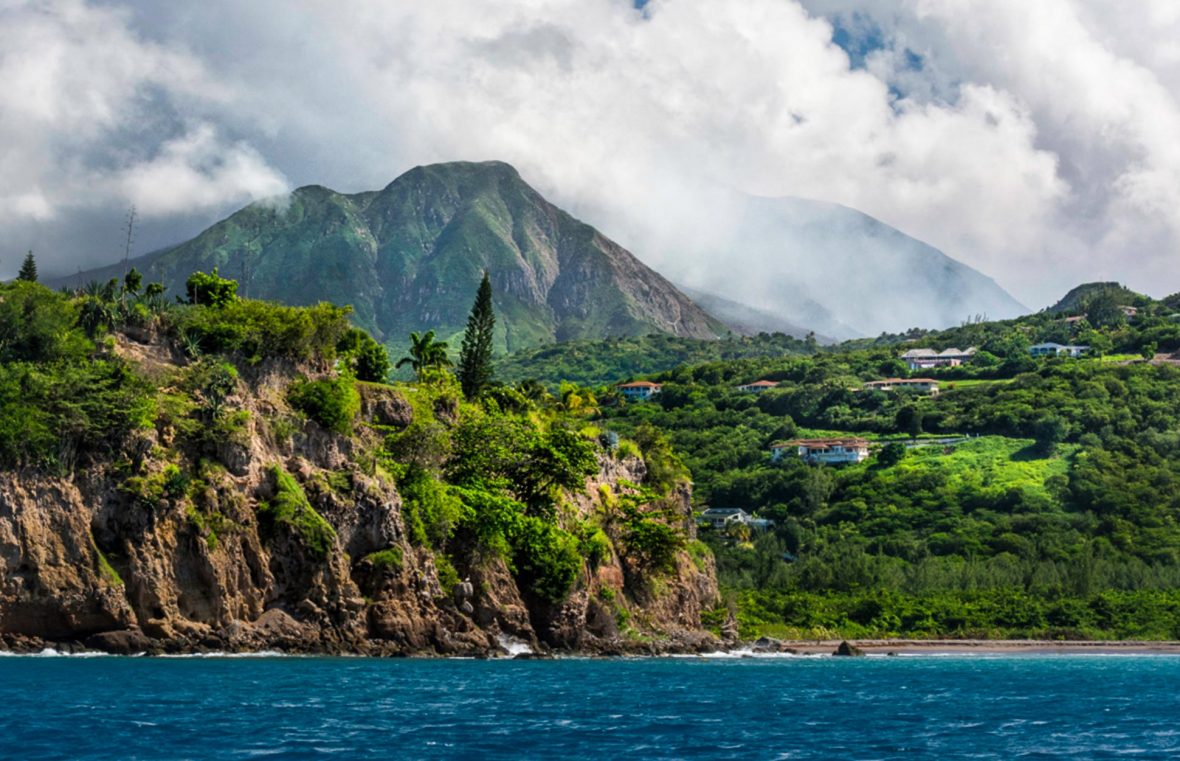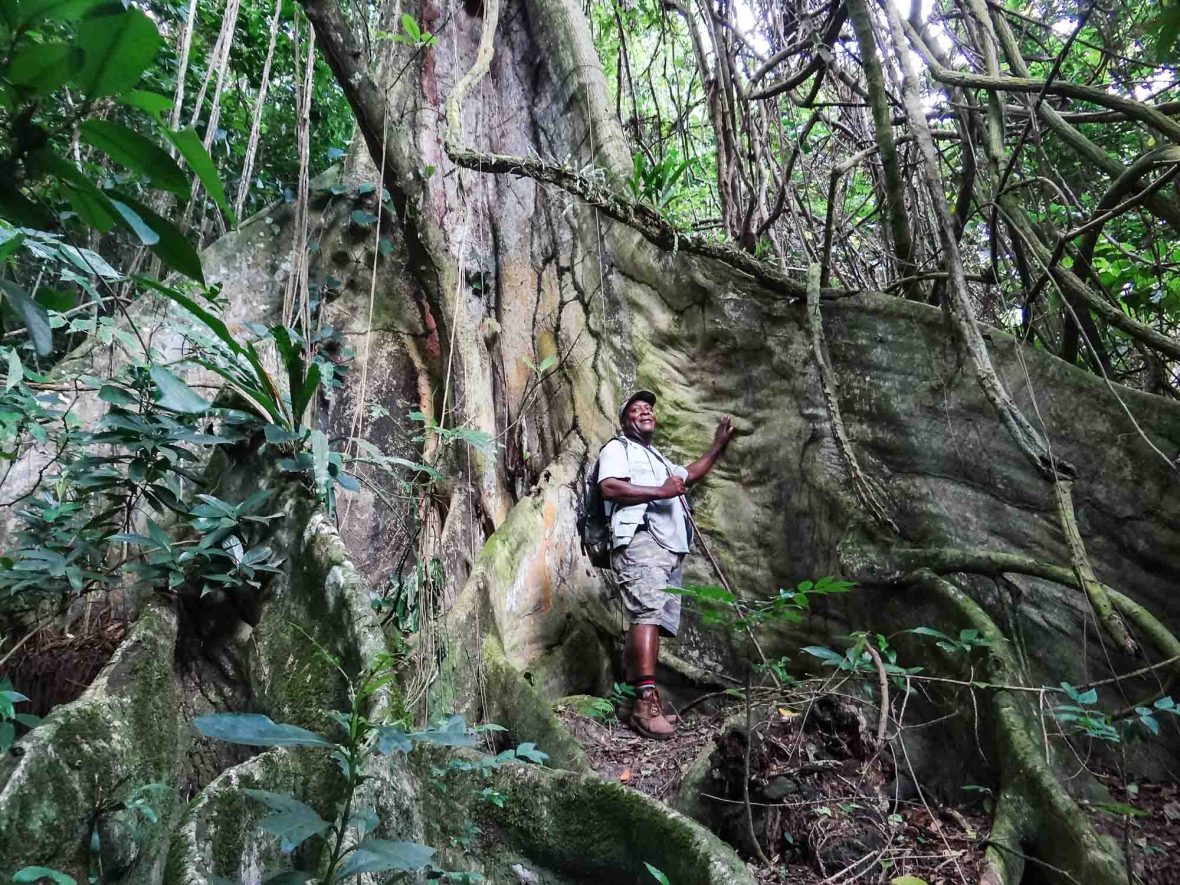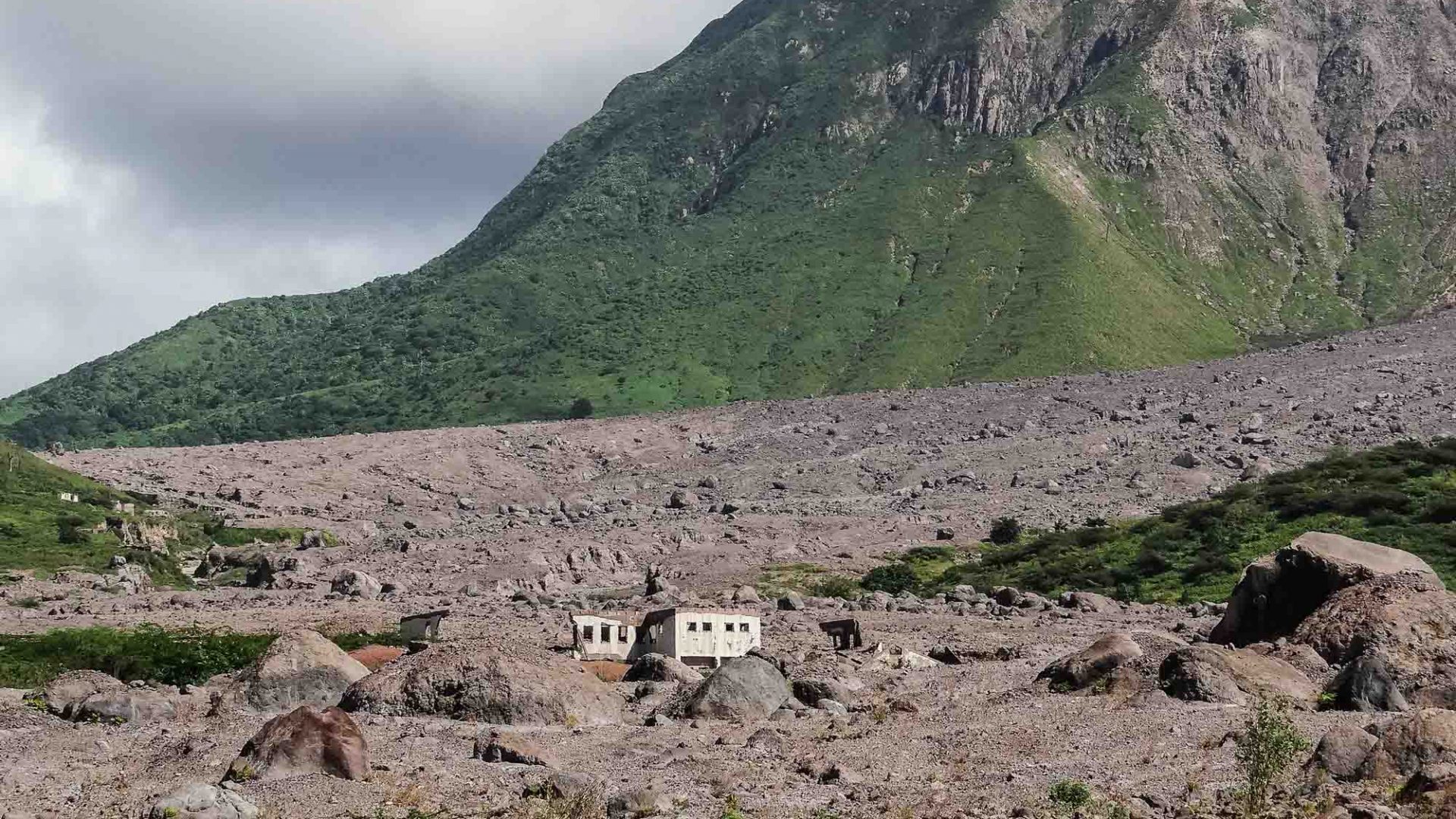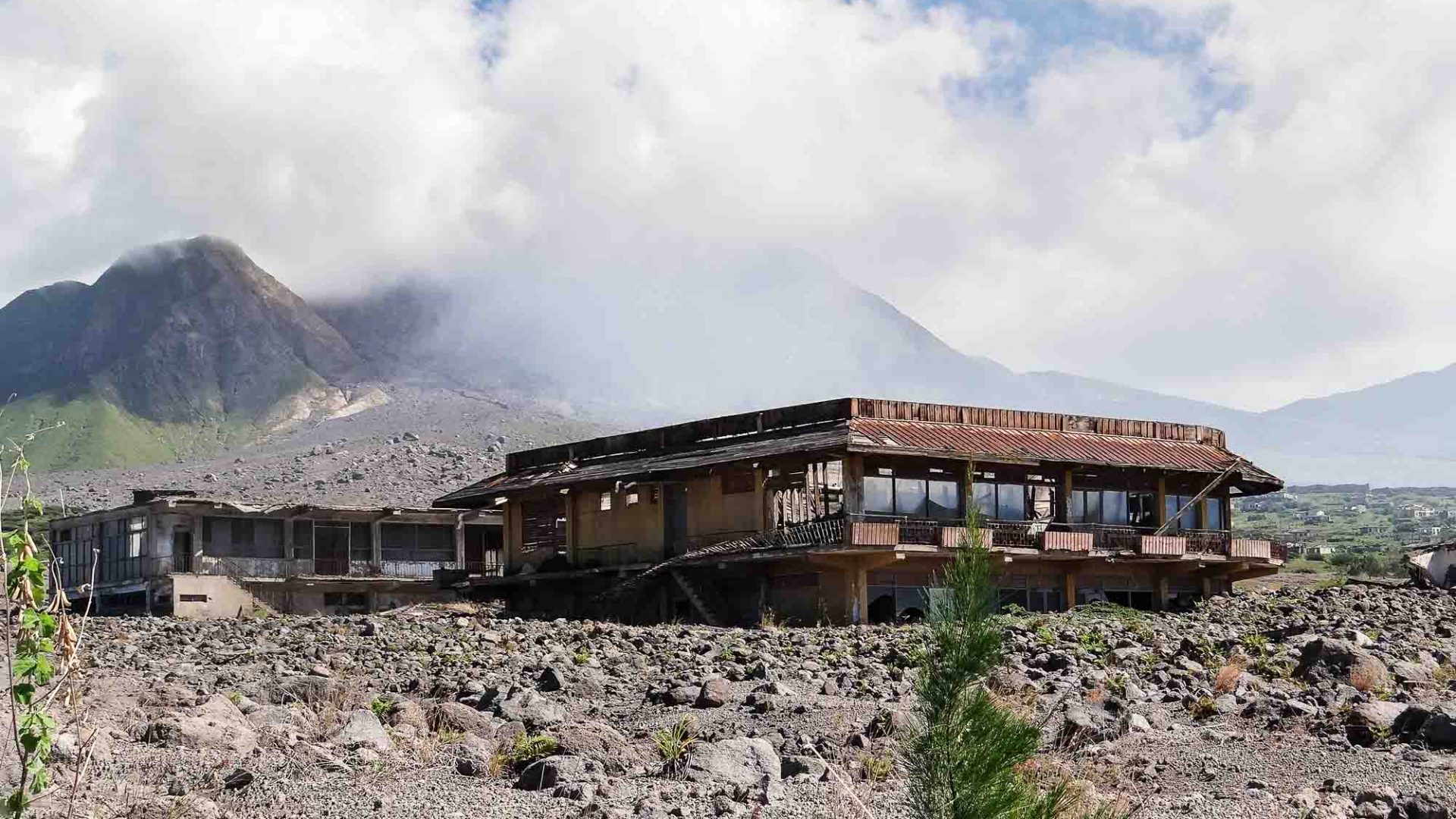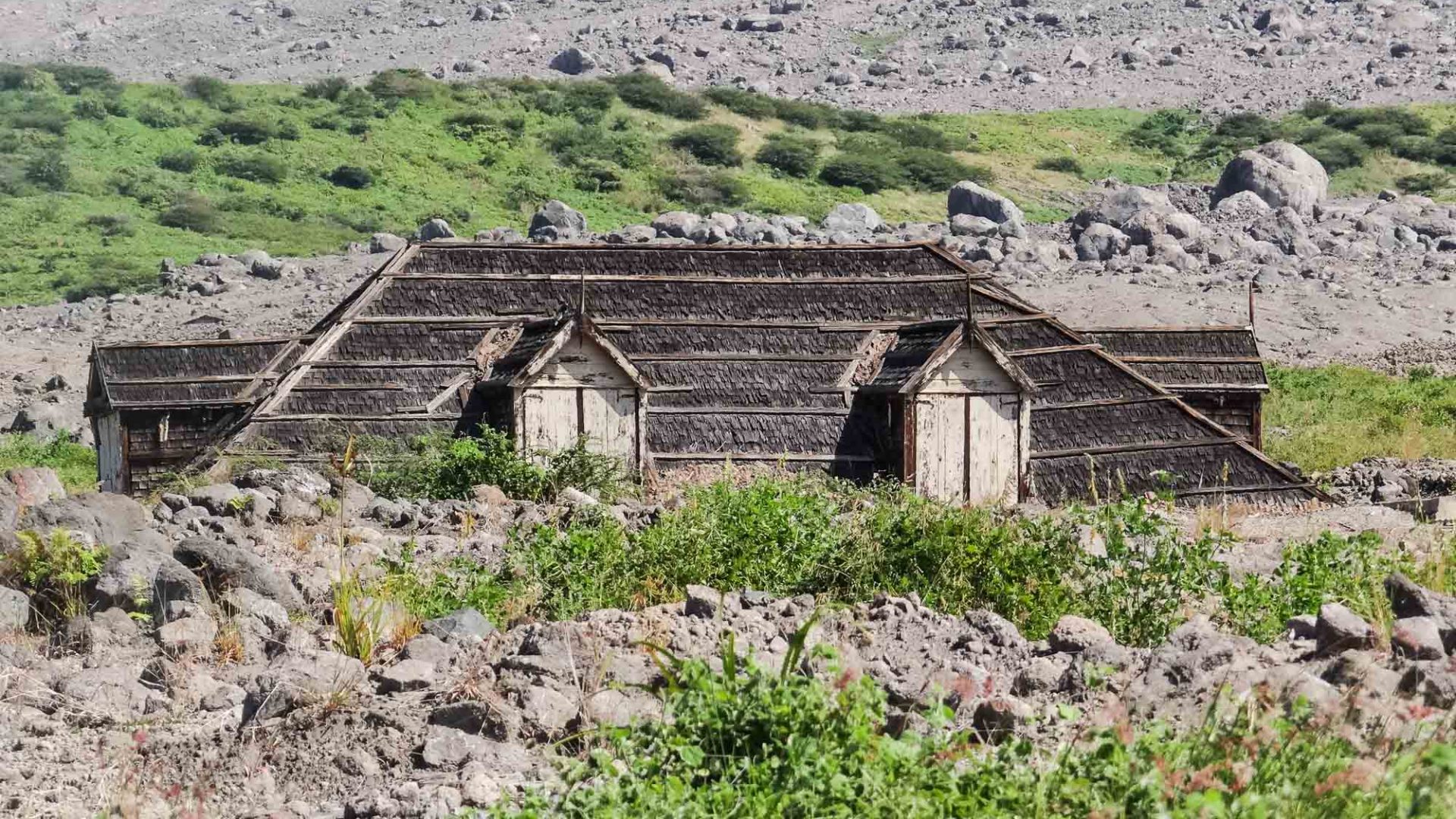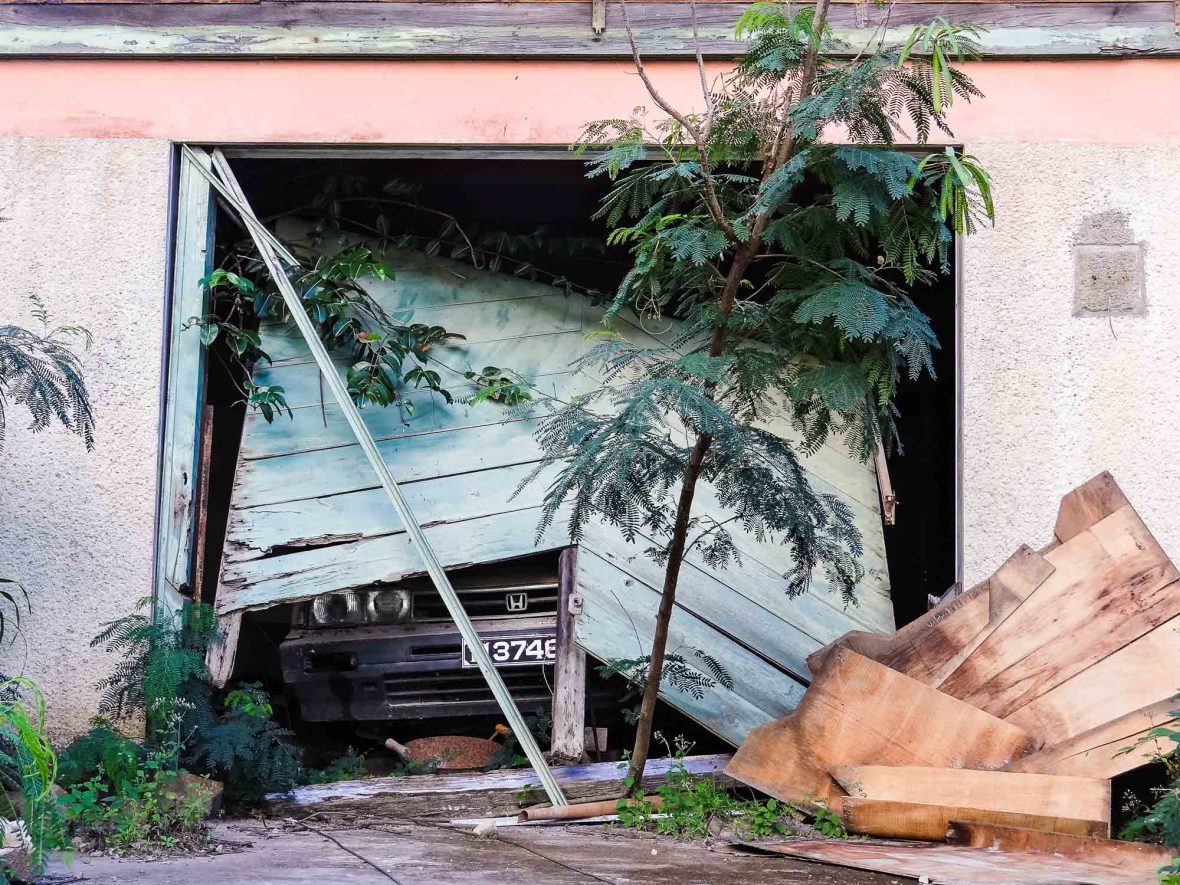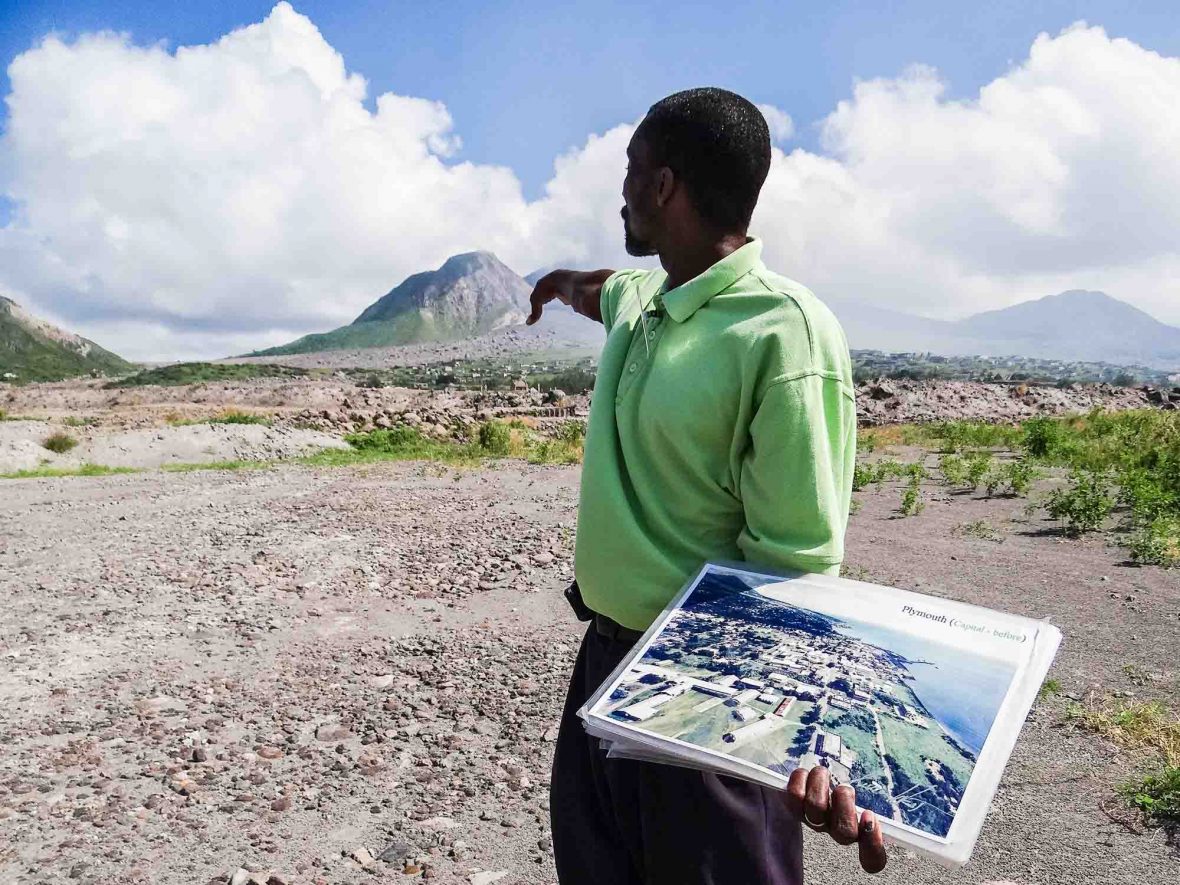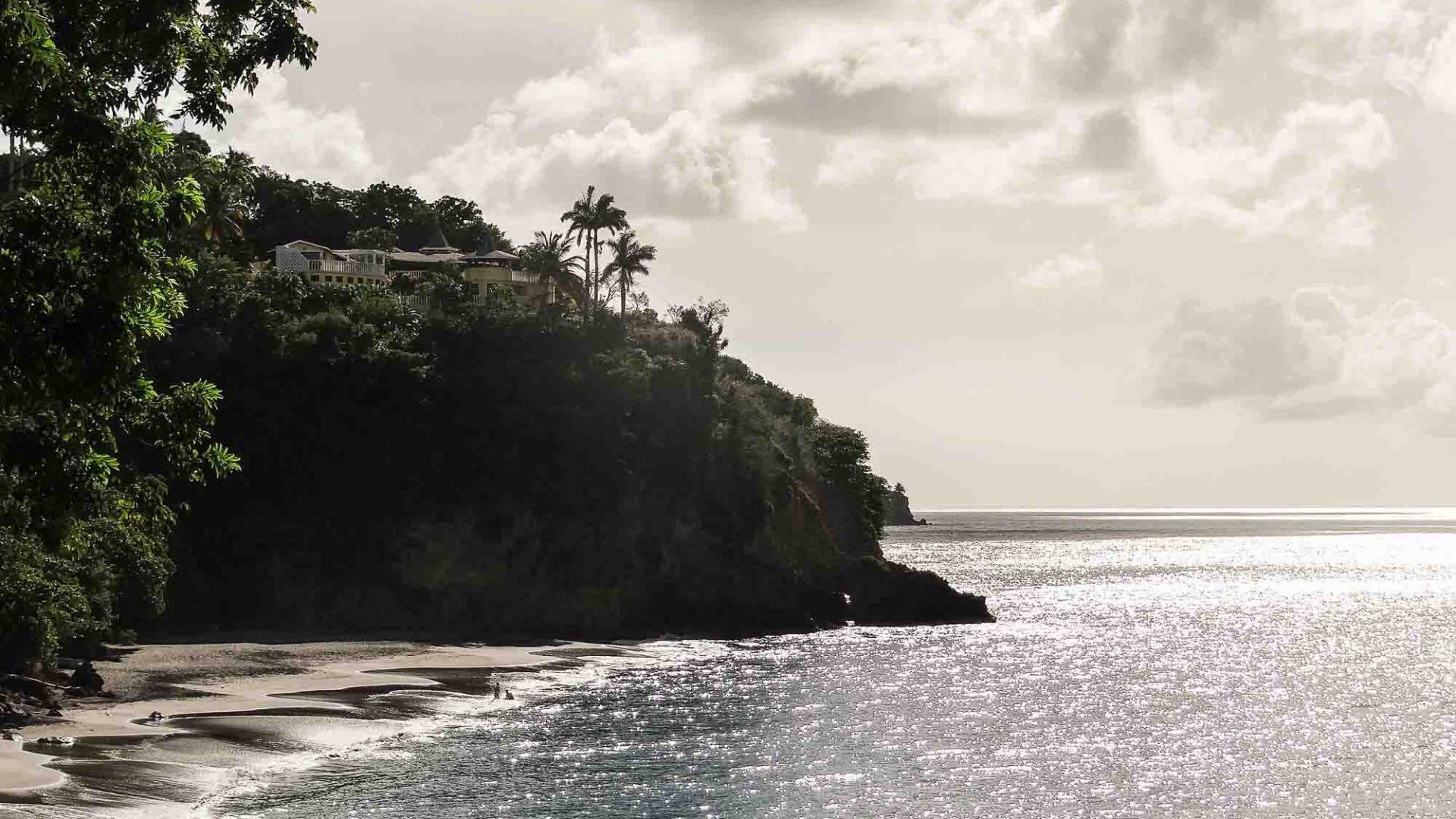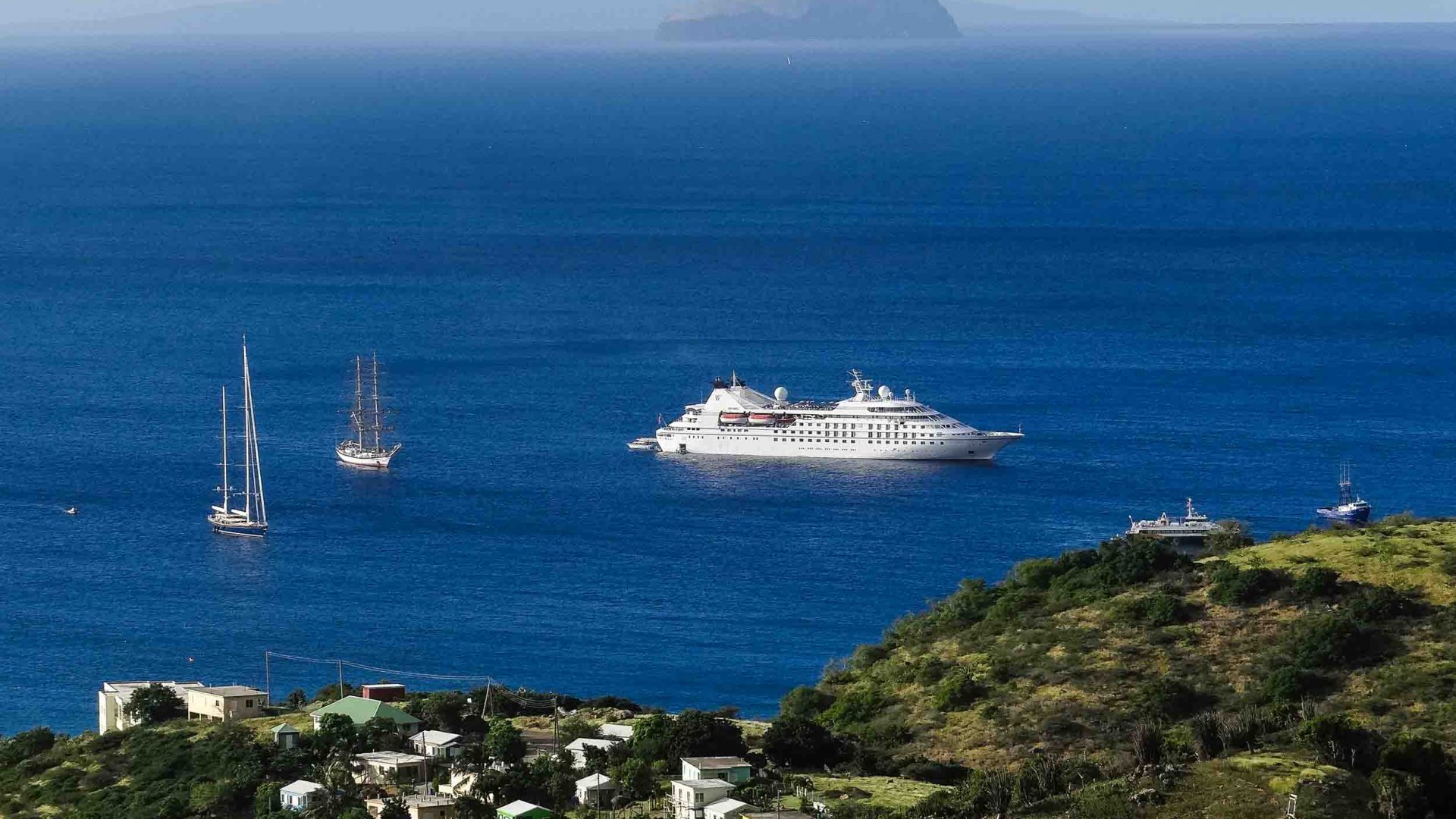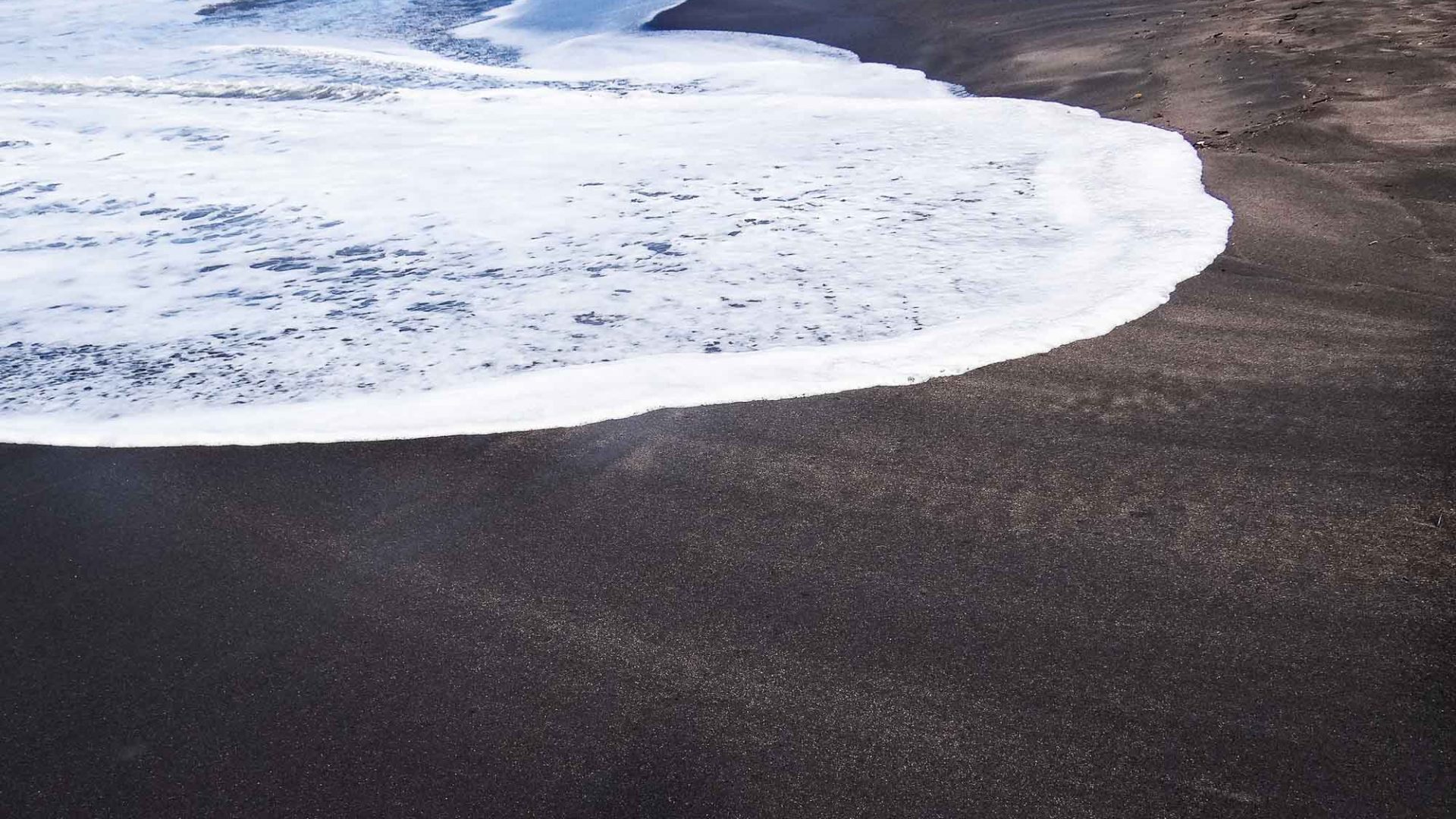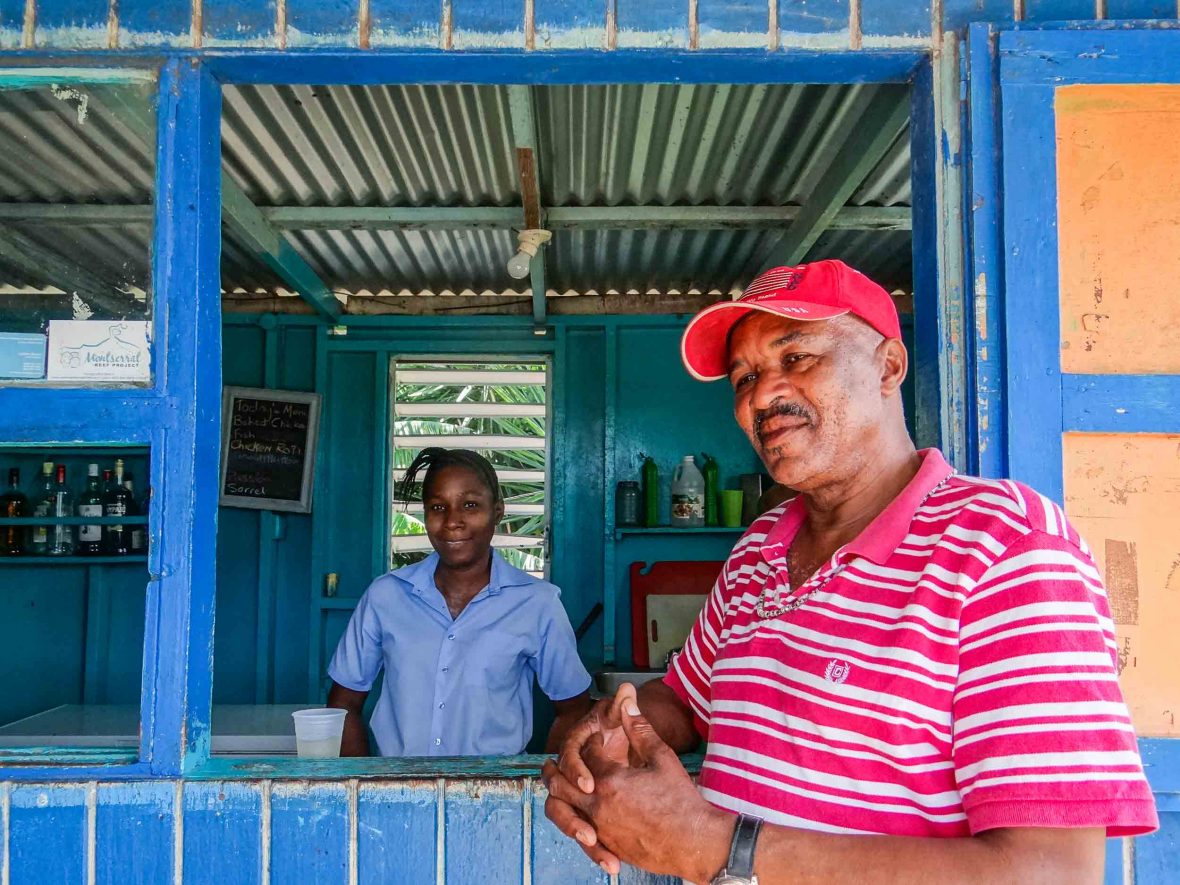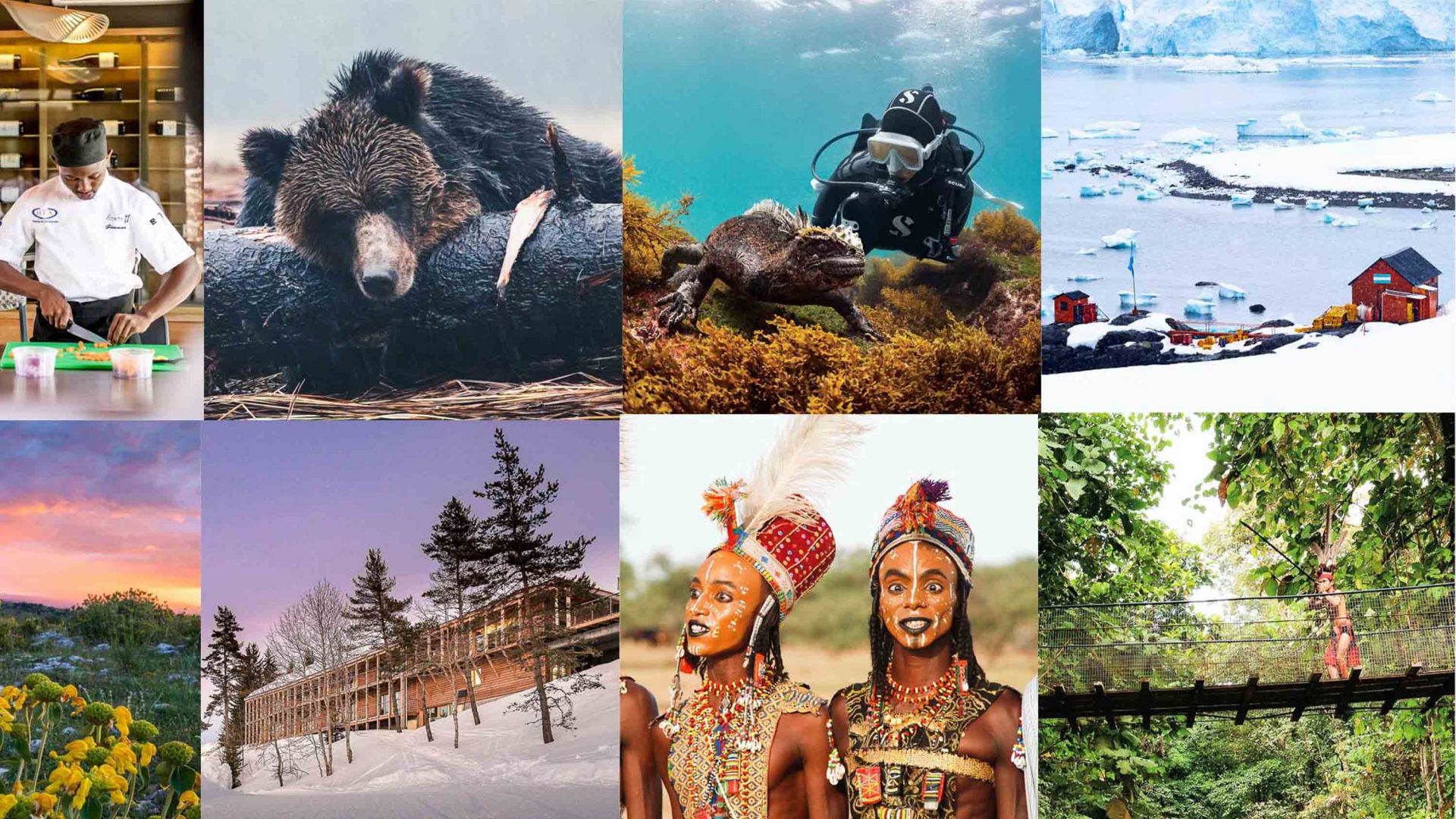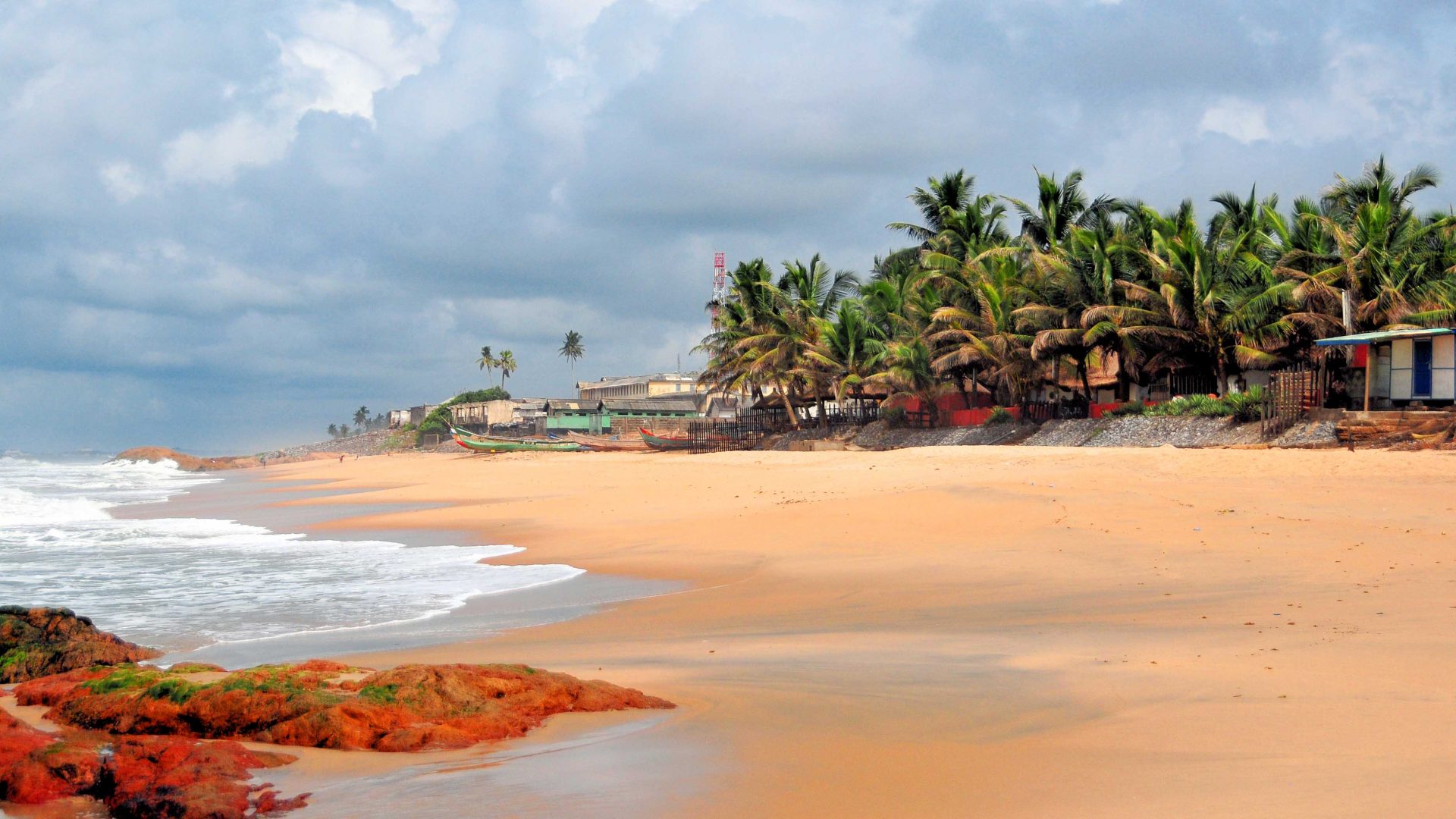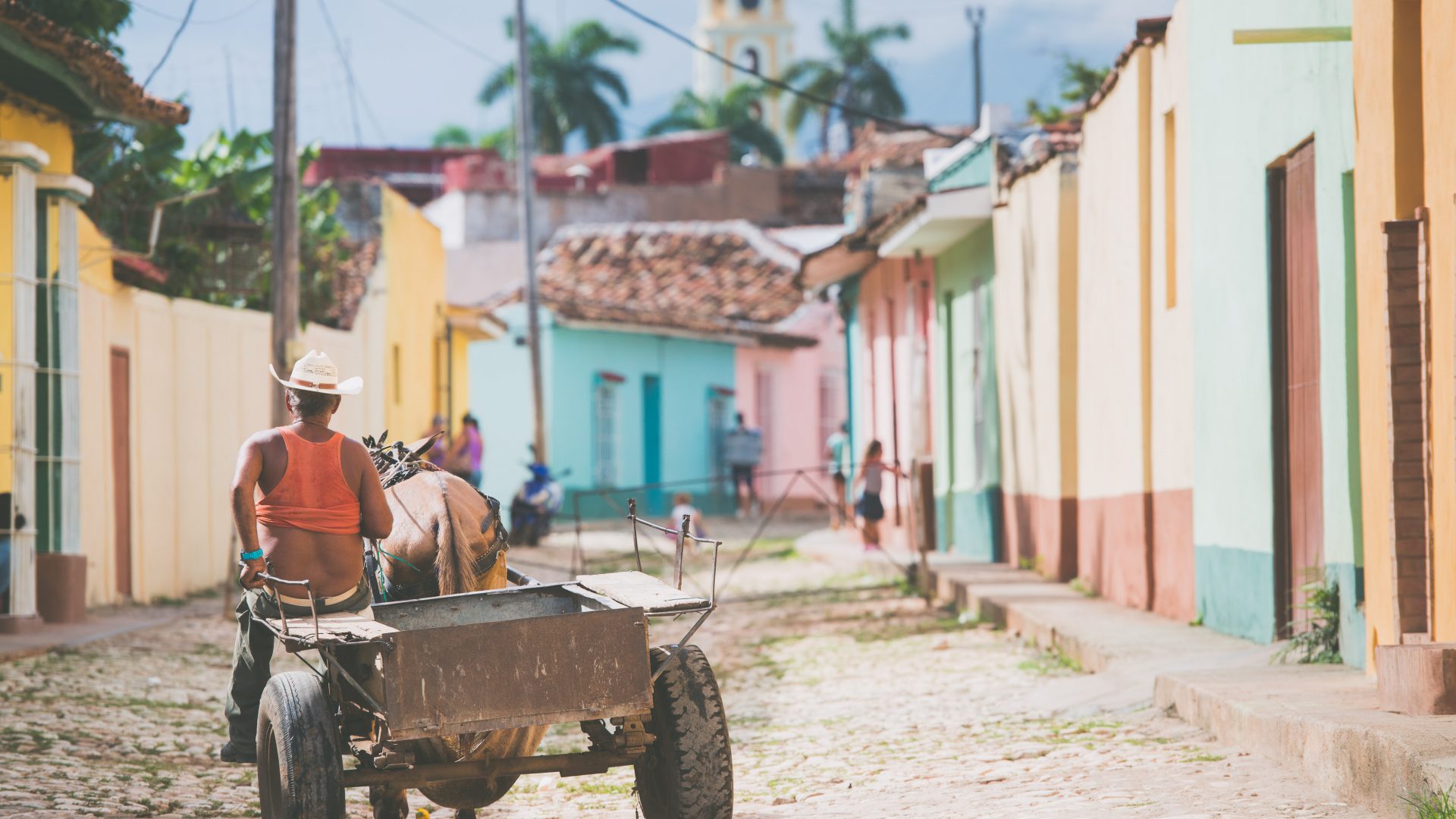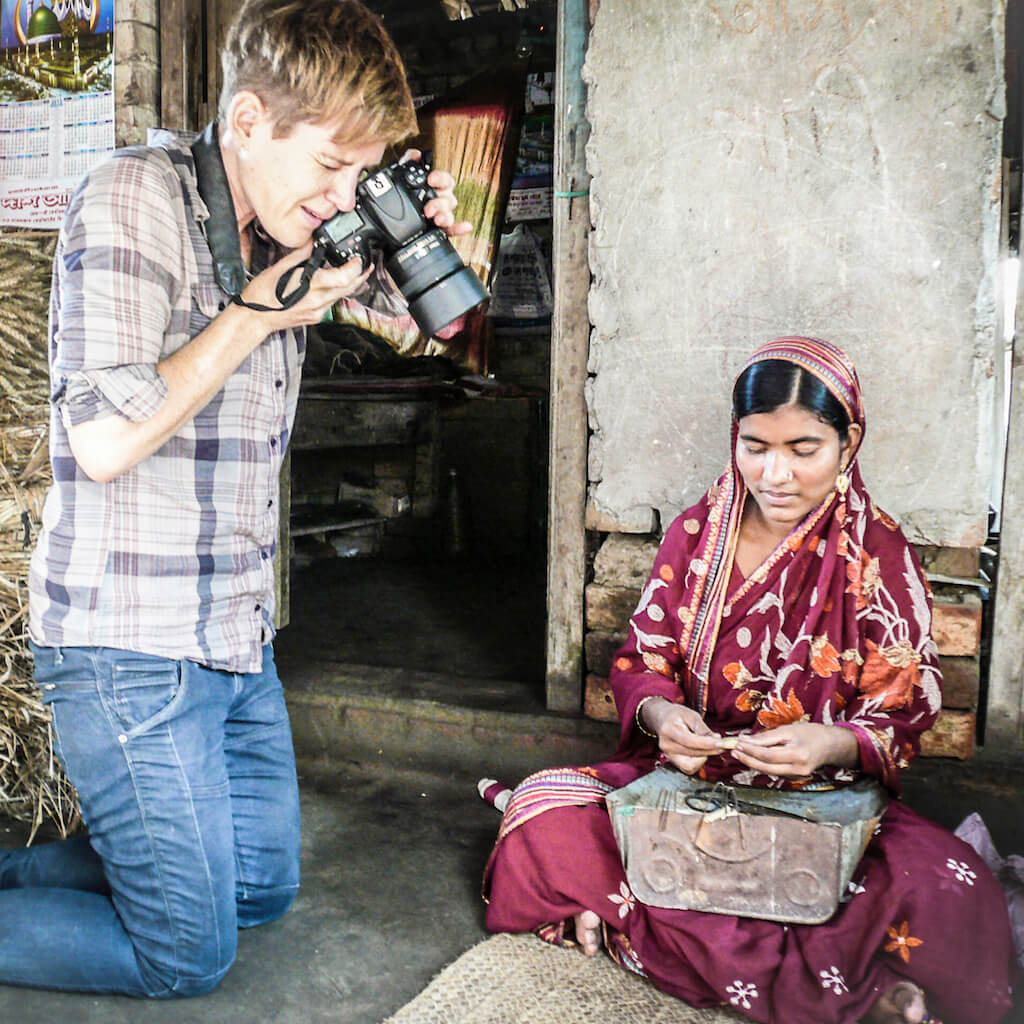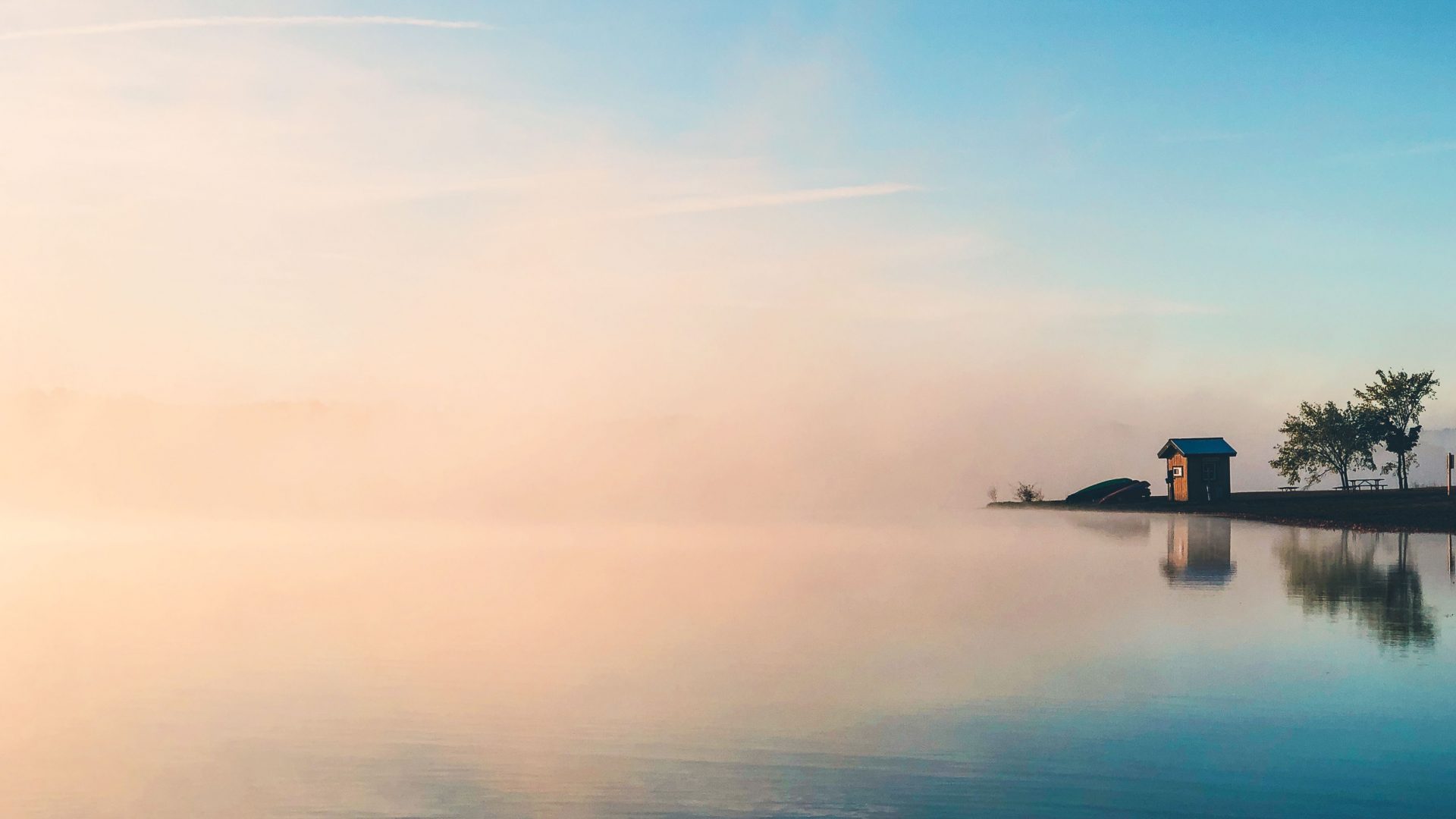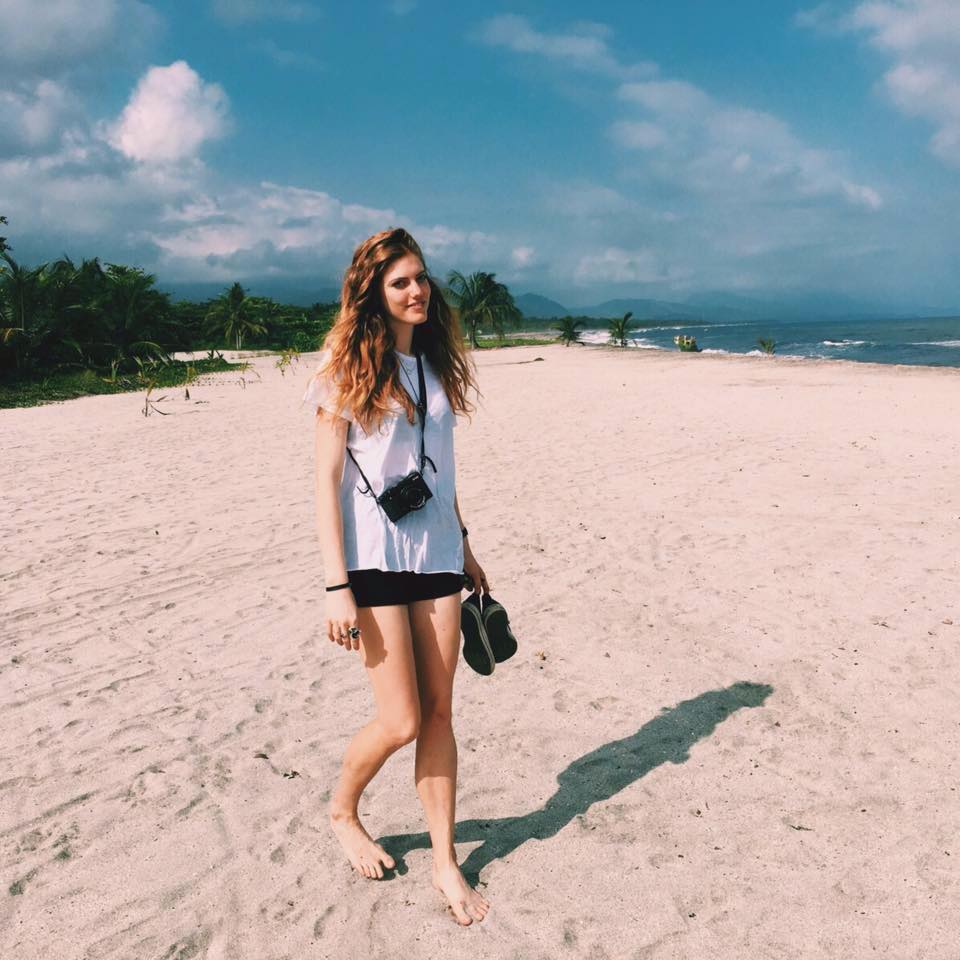More than 23 years after a huge volcanic eruption left this island nation all but abandoned, Montserrat is ever-so-gradually finding its feet as one of the Caribbean’s most appealing destinations.
It was Scriber who first mentioned the Goat Water.
The ornithologist and I were walking up through a forest of banyan, fiddlewood and Spanish oak in Montserrat’s Centre Hills, in search of the golden oriole—happily, easily spotted. Conversation then turned, inevitably, to the elephant in the room: The impact on his island after the massive eruption of the Soufrière Hills volcano, some 23 years previously.
This verdant 40-square-mile British Overseas Territory, which lies 34 miles southwest of Antigua in the Caribbean, had been sauntering comfortably along, enjoying something of a mini tourism boom—until that eruption.
When the Soufrière Hills volcano first blew, there had been enough advance warning to temporarily re-house everyone on the island’s northern end; but when it blew again, a couple of years later, it looked as if the island might totally self-destruct. The vast majority of the 12,000 population gave up the idea of ever seeing their homes again and took up the offer of re-settlement in the UK instead.
RELATED: Why is nobody visiting Africa’s secret summits?
Scriber (“at school I used to describe things”), aka James Daley, was one of them. Initially, he sent his family to Birmingham in central England, where they had cousins, and then he followed them over himself.
But he could only last six months under Britain’s leaden skies. “I wanted to hear insects and birds, not sirens and motorways,” he told me. And even though the volcano was still grumbling away, he opted to return to the 40 per cent of the island that was declared safe. “It was a great feeling, catching that ferry back from Antigua and seeing the island materialize out of the mist.”
The following day, I picked up my quest again, this time in Hank’s Beach Bar on Isle’s Bay, a long and empty stretch of pristine sand. The road here led across the former golf course, now overgrown, dating back to the time when Montserrat was particularly popular among a Caribbean-visiting elite who relished the island’s peace. Beatles producer George Martin set up his AIR studios nearby and the likes of Paul McCartney and Elton John recorded albums here, unbothered by paparazzi.
Today, Hank’s is on the edge of the volcanic buffer zone, a belt of the island where people can visit but not stay, a limbo land of abandoned villages which, like the golf course, are fast disappearing under rampant vegetation.
Among them is a former luxury hotel with its pool full of reeds; a gingerbread cottage strangled by enormous-leafed philodendron; and vengeful hedges where once-domesticated pigs and chickens, now feral, root around in the undergrowth.
Here and there, buildings rear up out of the fossilized tide, testament to the former prosperity of the place. They include a scattering of hollow-eyed department stores and government buildings, and the shell of the Cable & Wireless building which still has customer files on the desks. It is a sobering place, a rare and savage spectacle, and something quite unexpected in the Caribbean.
On my penultimate evening on the island, I ended my quest for Goat Water down in Little Bay, in the heart of re-settlement Montserrat (today’s population is back up to 5,000) where a line of new seaside restaurants were doing good business with customers decanting from a small elite cruise ship anchored offshore.
When I asked for Goat Water, they all shook their heads; it was Thursday, they said, and Goat Water was a Friday dish. So instead, I had a delicious Indian takeaway from a little grocery store, which I ate sitting on the beach and watching the fruit and vegetable boat from Dominica offload.
I left from that same jetty next morning, my quest unfinished. As the ferry to Antigua pulled away, I recalled Scriber’s words about the pleasure of his return, 23 years earlier. Back then, there’d been a strong possibility that the last of Montserrat’s residents would turn off the lights and close the door.
But what goes around, comes around; many have since returned, and some of that bad has been turned into good. The buried capital has become a major tourist attraction, and the effect of the volcano has been to halt development on the remainder of the island, preserving a slice of the Caribbean as it used to be.
The net result is a place to go to ground, and listen to the golden orioles sing. And maybe taste a little Goat Water, provided you’re there at the end of the week.
